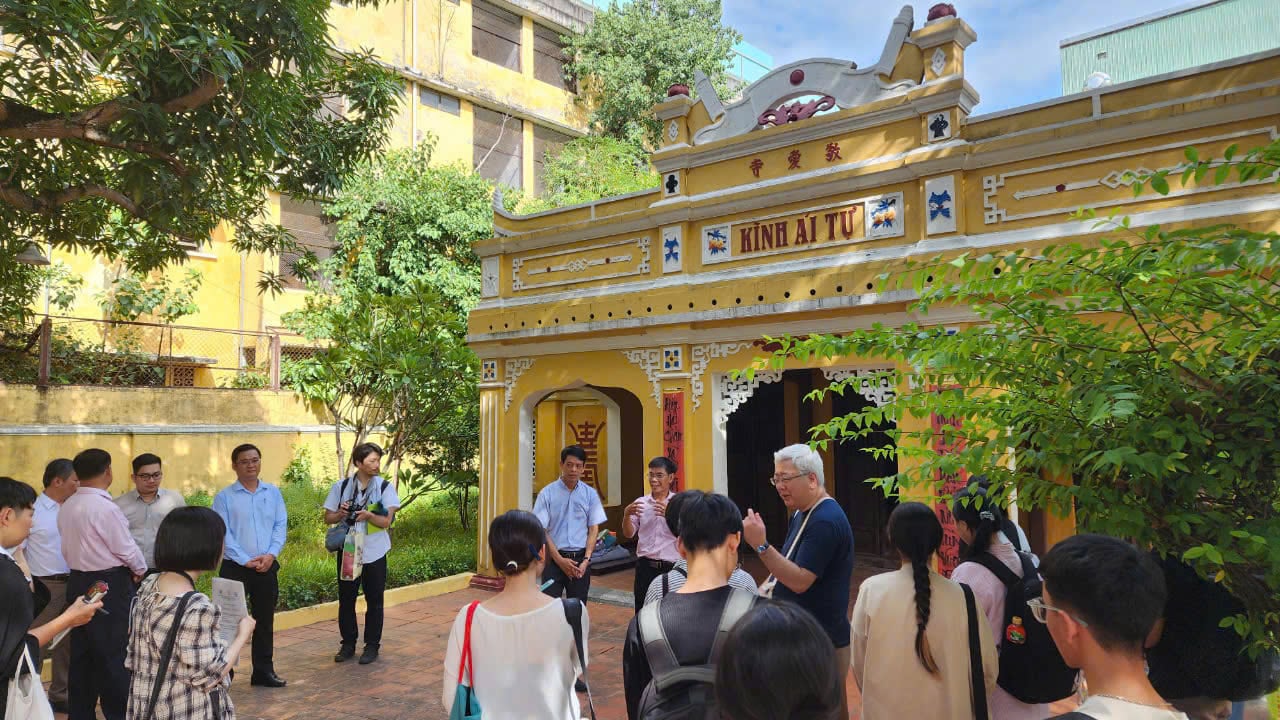 |
| Lecturers and students of Danang University and experts from Maebashi Institute of Technology (Japan) research architectural space and landscape, contributing to preserving the cultural values of Hai Chau communal house. Photo: THU HA |
Research linked to practical application
In September 2024, within the framework of an international academic seminar with the theme "Establishing architectural space - urban landscape associated with traditional cultural values of Hai Chau communal house, Da Nang city", lecturers and students of the Faculty of Architecture, University of Technology; Faculty of Construction Engineering, University of Technical Education and Maebashi Institute of Technology (Japan) came to survey the current situation at Hai Chau communal house.
In early March 2025, within the framework of the discussion with the theme “Design of the new Da Nang station: Integration and connection with the urban structure”, students and lecturers from the University of Technology and Utsunomiya University (Japan) came to survey the actual situation in related areas to propose solutions for designing stations connected with urban transport infrastructure. The ideas and proposed plans of lecturers and students are all aimed at sustainable urban development.
Cai Huong Thao Nguyen, a student of the Faculty of Architecture, University of Technology, said that participating in the survey of the Da Nang station project with students from Japan helped her mature in terms of professional knowledge, practical skills, and learning how to approach problems and design thinking.
According to Associate Professor Dr. Nguyen Anh Tuan, former Head of the Faculty of Architecture, University of Technology, the cooperation programs help students approach reality and research urgent local issues. This is a suitable direction, expanding the research space from the classroom to reality, creating opportunities for students to do research to serve the community.
Preserve and promote heritage values
In parallel with teaching, the teaching staff of member universities of Danang University also participate in research, preservation and promotion of heritage values in the city. According to Dr. Le Minh Son, Head of the Faculty of Architecture, University of Technology, Danang is a city with a long history with many architectural works from the French colonial period that still exist today. There are currently about 10 valuable works belonging to 3 French architectural styles, such as Ecole Franco - Annamite de Tourane (1890, now Phu Dong Primary School), Cham Sculpture Museum (1919), City Women's Union (1920) ...
These works have unique and distinctive features, contributing to the creation of a distinctive architectural space. However, these works are showing signs of deterioration due to the impact of time. Surveying and evaluating the value of these works is essential to propose appropriate solutions to preserve and promote their value in the new period.
As a former member of the Scientific Council for assessing the dossier of Ma Nhai Ngu Hanh Son submitted to UNESCO for recognition as a documentary heritage under the Memory of the World Program, Dr. Nguyen Hoang Than, lecturer at the University of Education, said that the preservation and promotion of cultural heritage is very urgent. Participating in research on cultural, historical and heritage works shows the responsibility to preserve and continue to promote the value of heritage for future generations. To do that, art education in general and art education training in particular is an important task, contributing to connecting knowledge and spreading good values.
The combination of research and application of Danang University not only brings practical value, contributing to the city's development but also helps students reap "sweet fruits" such as: at the end of 2024, the group of students Nguyen Chanh Truc, Phan Lanh, Tran Thi Phuong, Truong The Vinh (Faculty of Architecture, University of Technology) won first prize in the contest "Designing models of typical architectural works in Danang city" with the Hai Van Quan model.
THU HA
Source: https://baodanang.vn/xa-hoi/202503/gan-ket-nghien-cuu-voi-thuc-tien-4002748/



![[Photo] Phuc Tho mulberry season – Sweet fruit from green agriculture](https://vstatic.vietnam.vn/vietnam/resource/IMAGE/2025/4/10/1710a51d63c84a5a92de1b9b4caaf3e5)


![[Photo] Prime Minister Pham Minh Chinh chairs meeting to discuss tax solutions for Vietnam's import and export goods](https://vstatic.vietnam.vn/vietnam/resource/IMAGE/2025/4/10/19b9ed81ca2940b79fb8a0b9ccef539a)

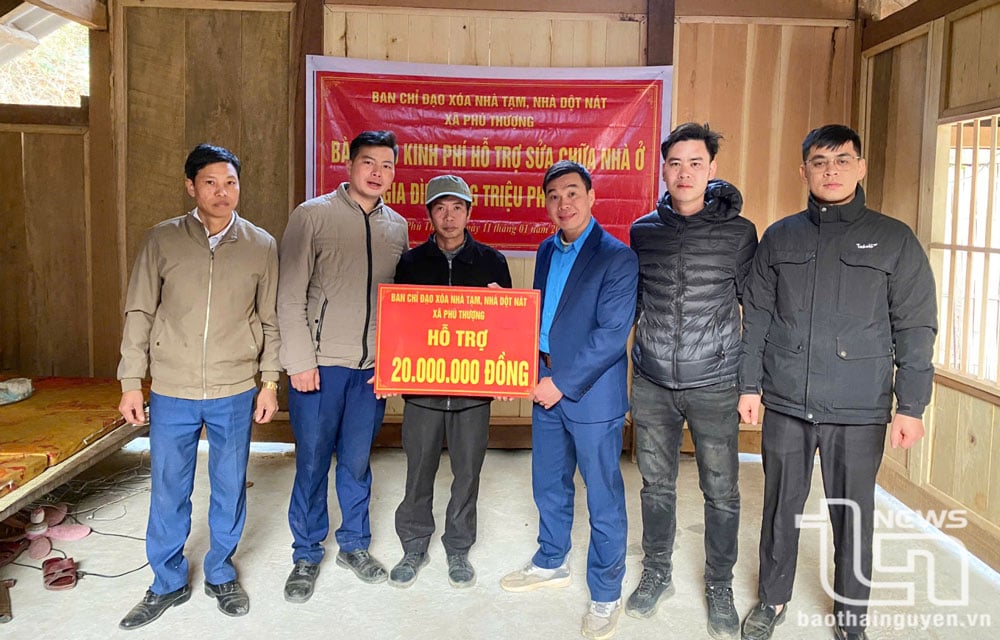
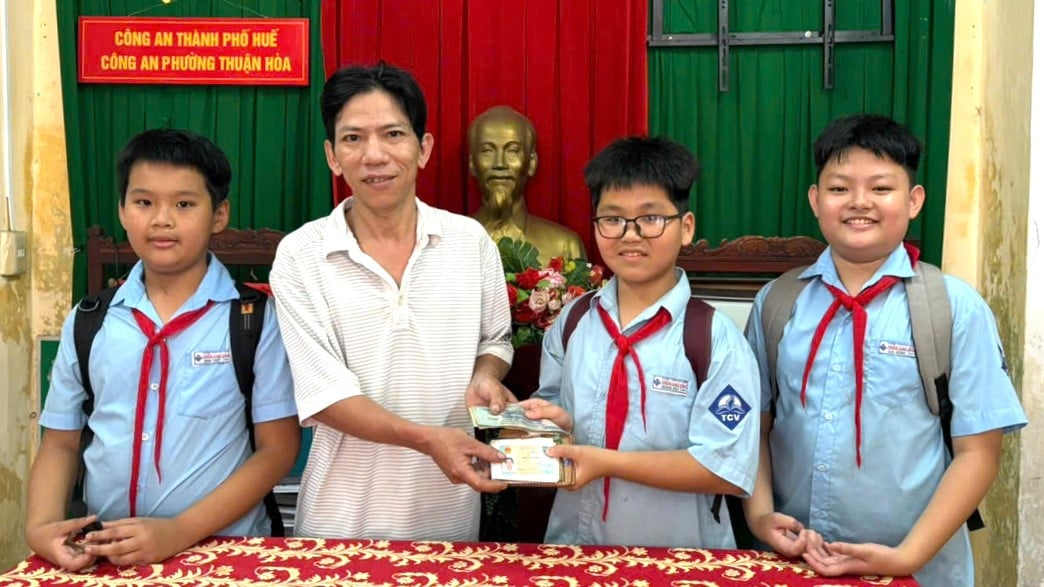
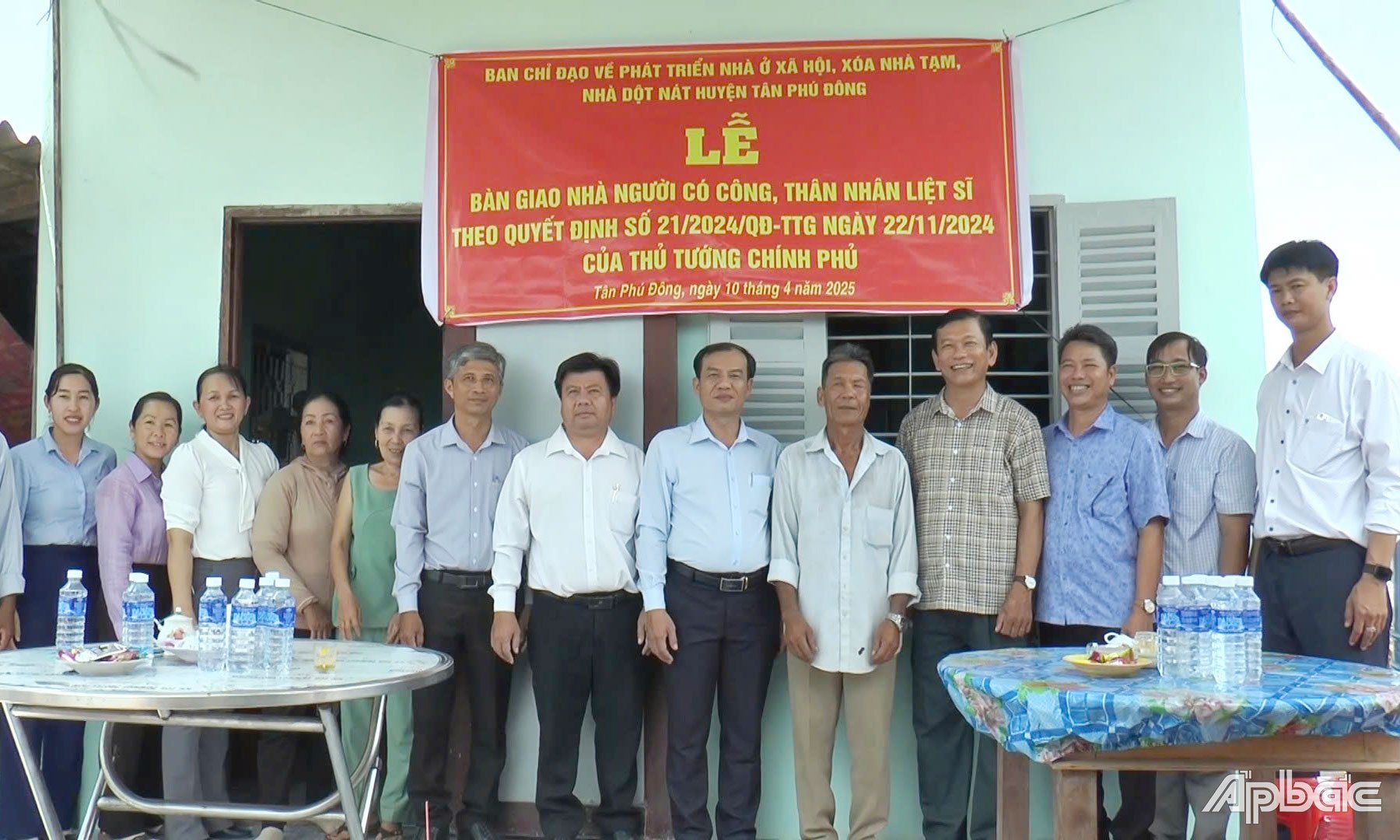
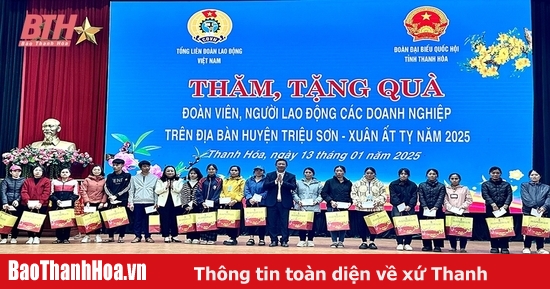
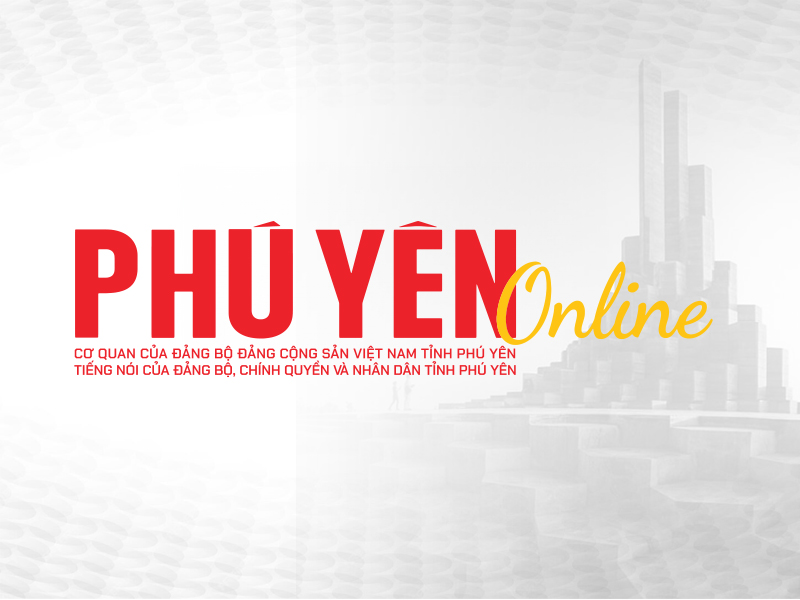




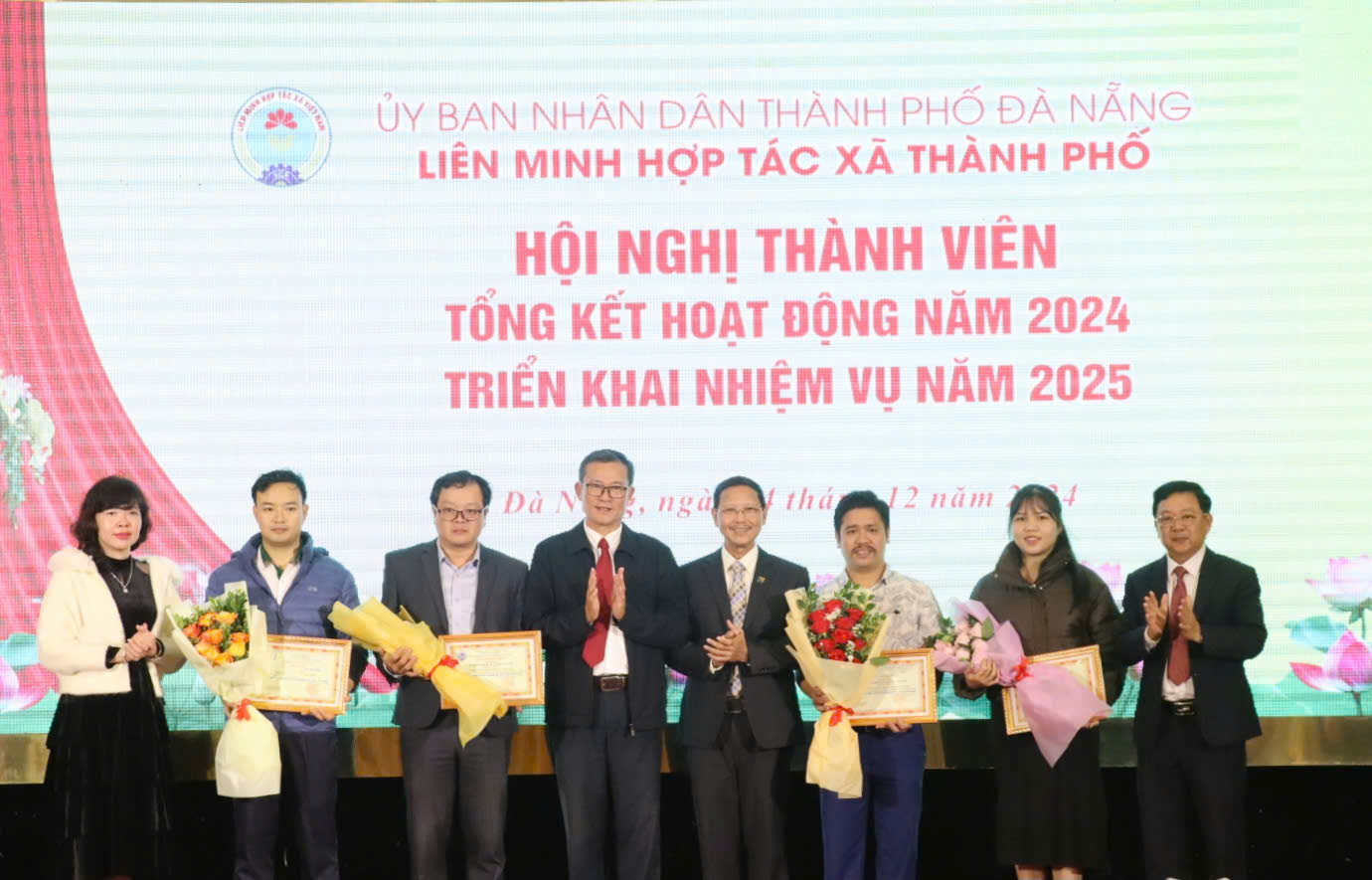
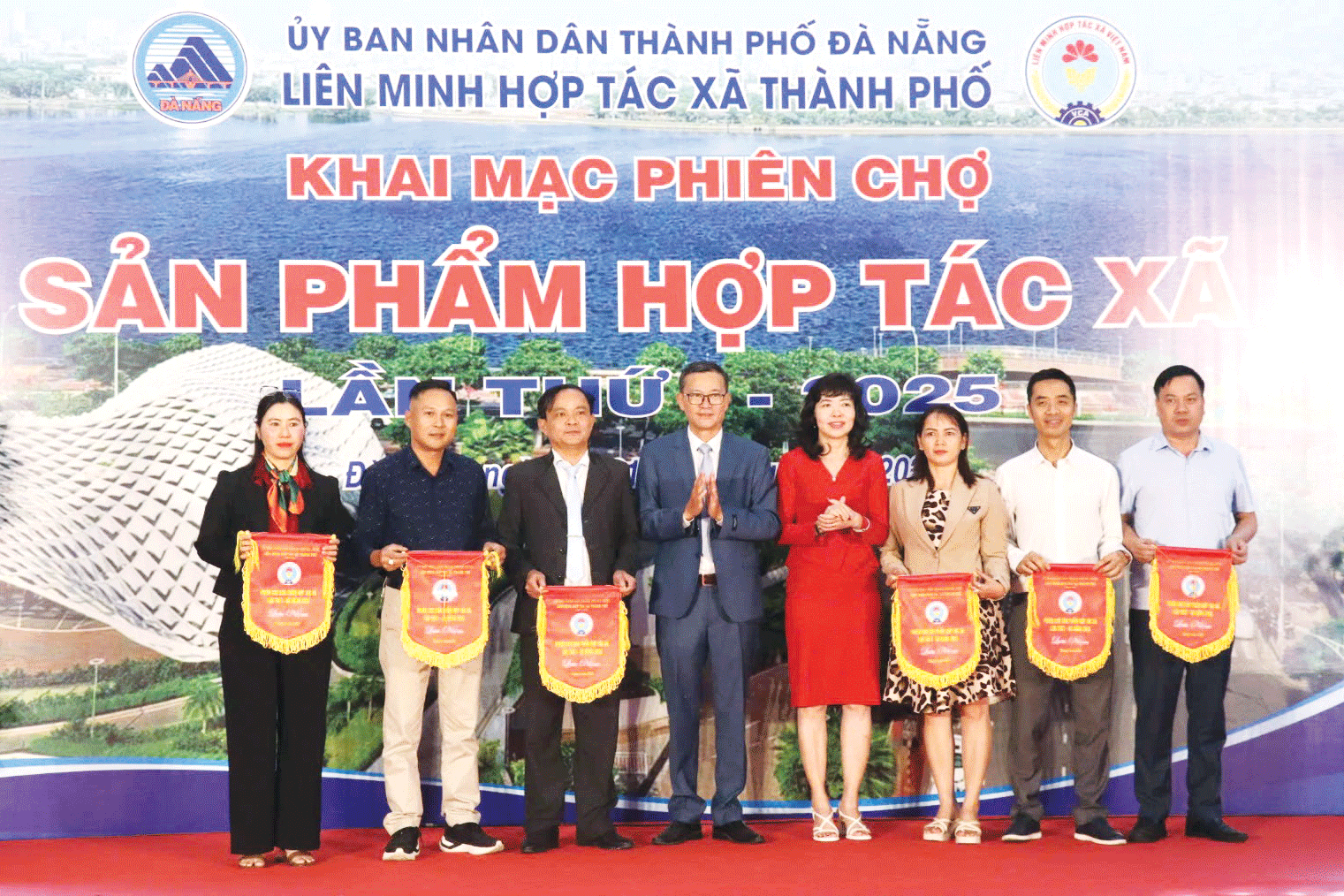
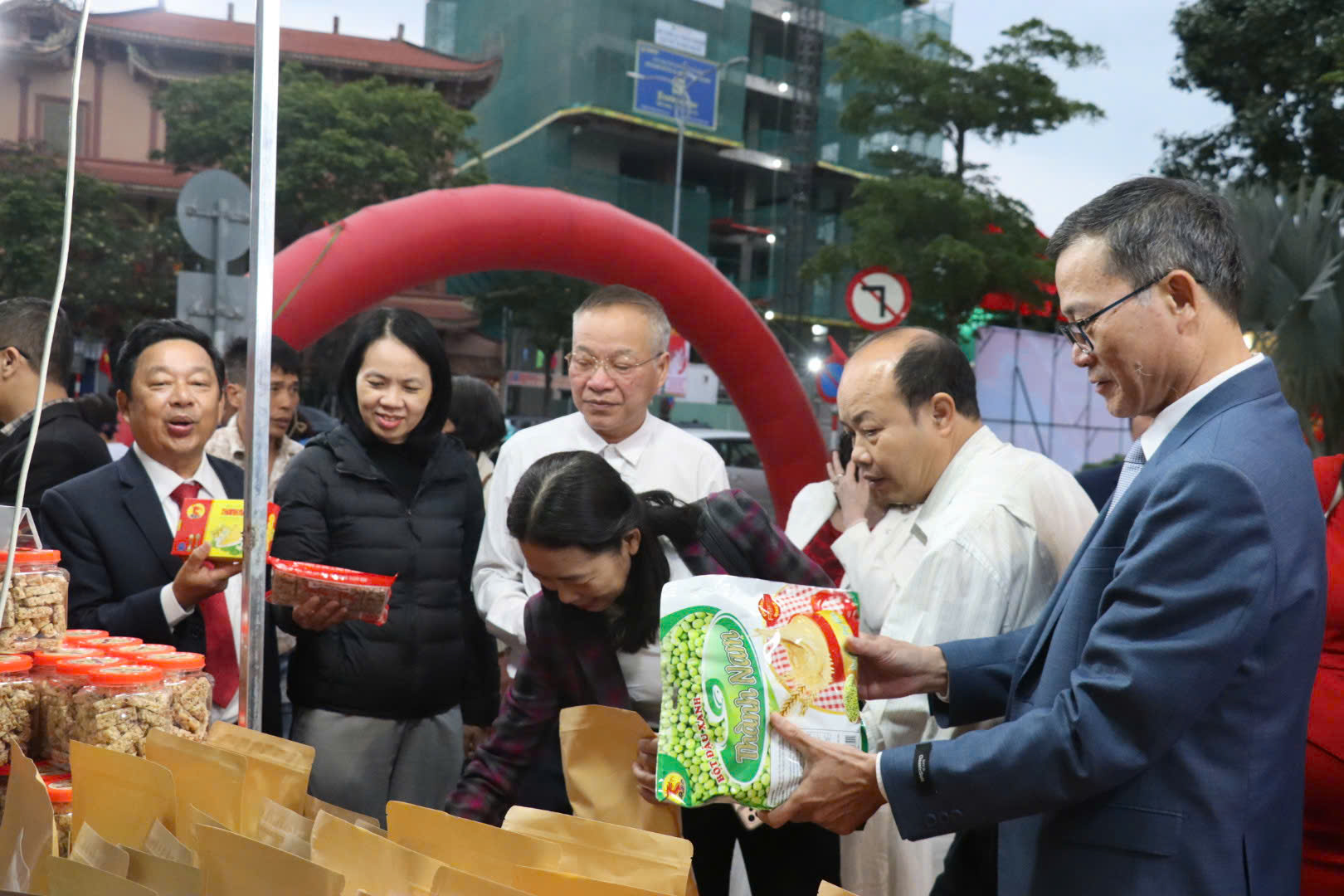
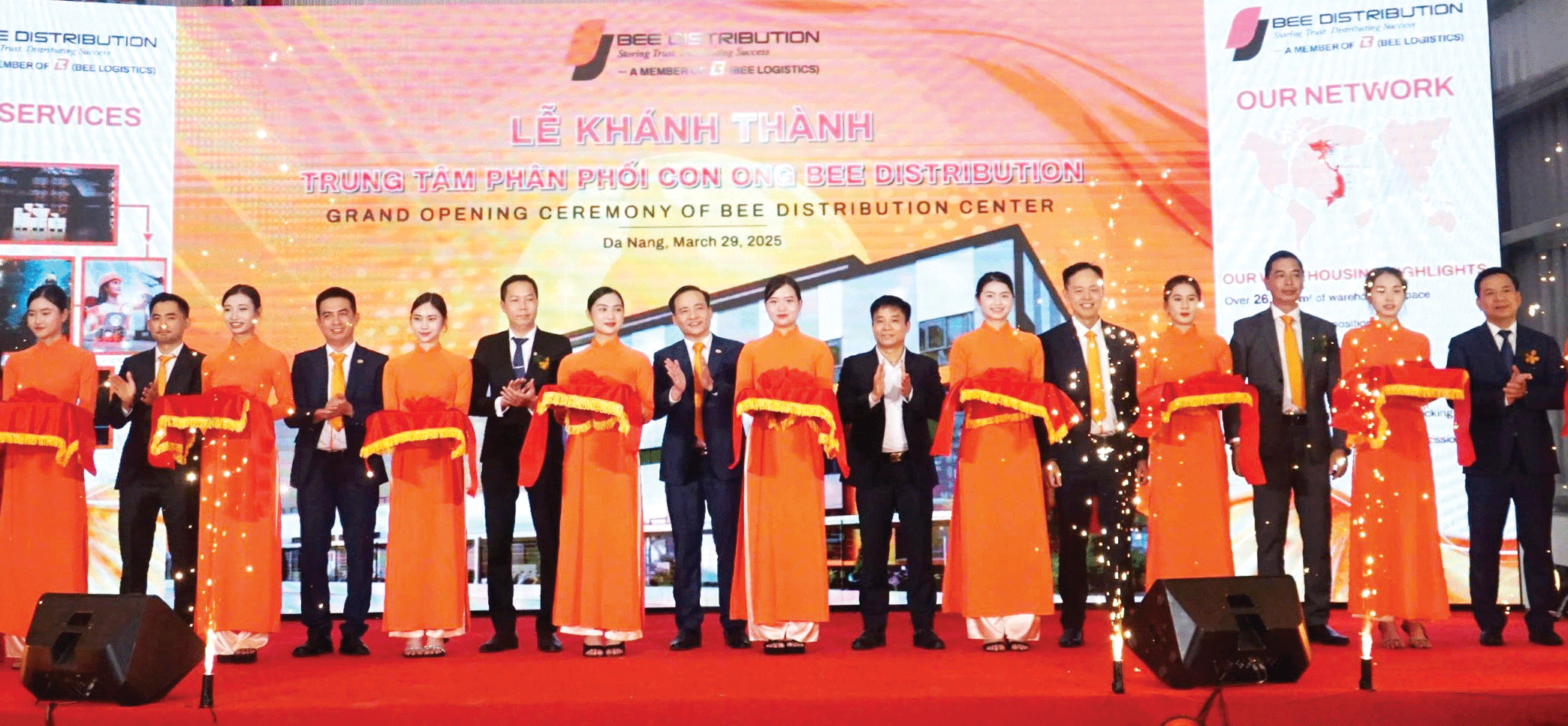



























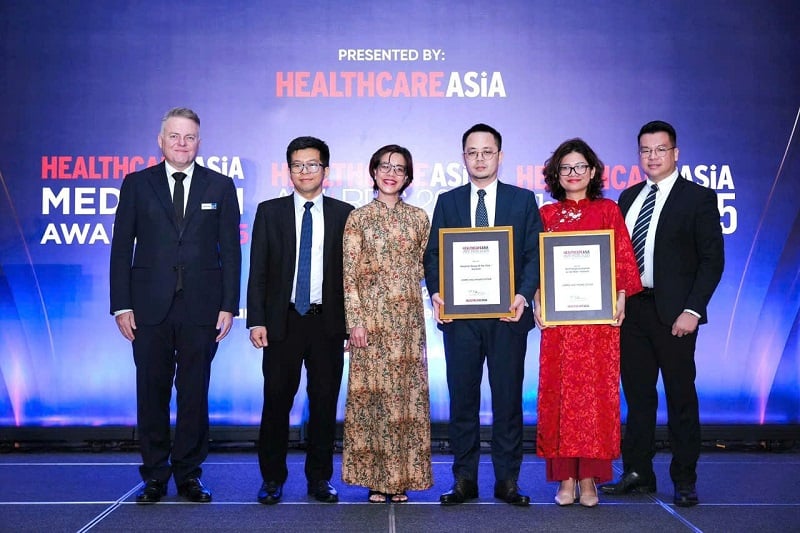

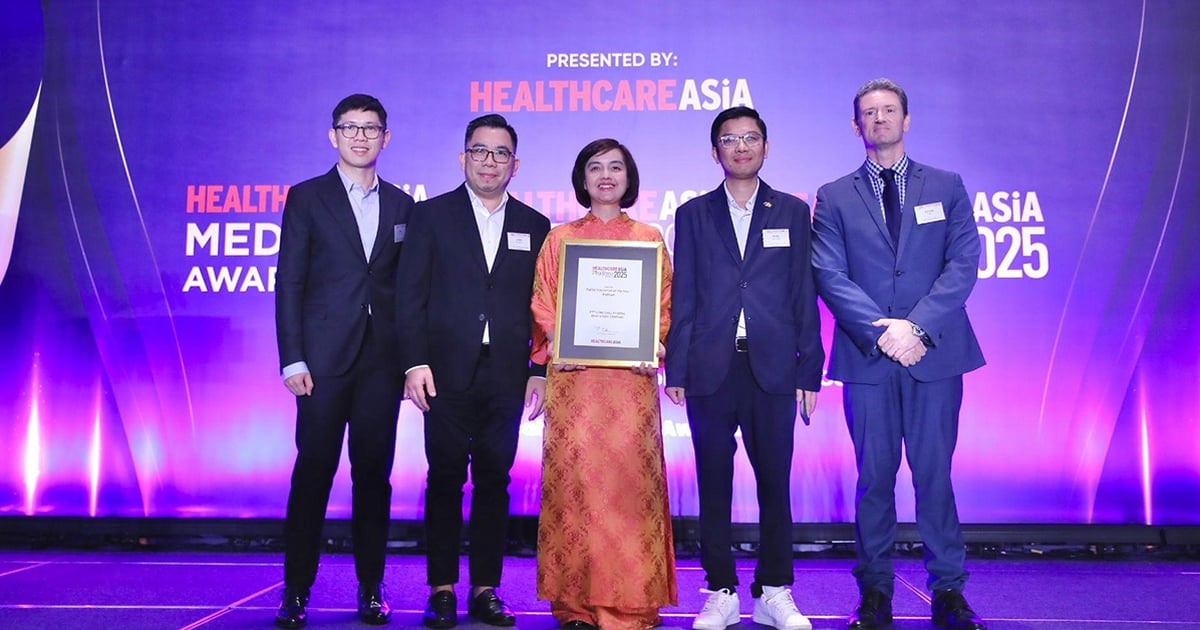












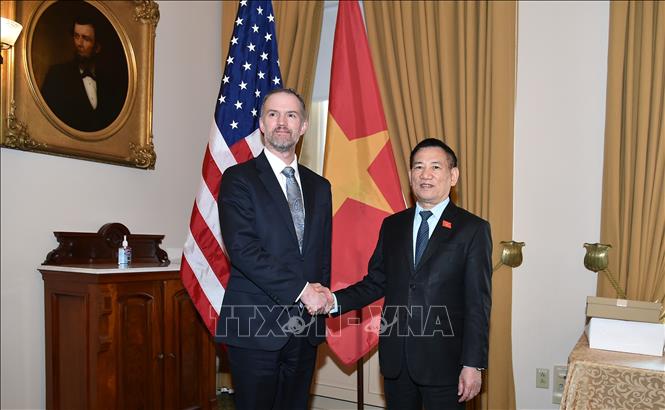

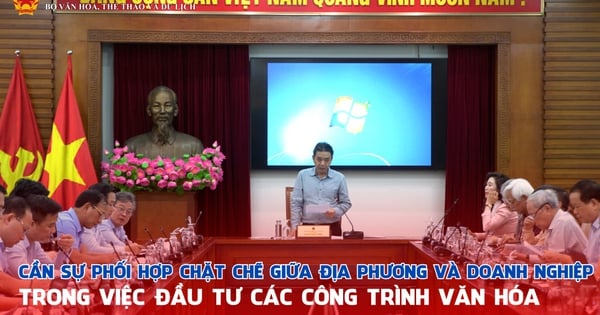






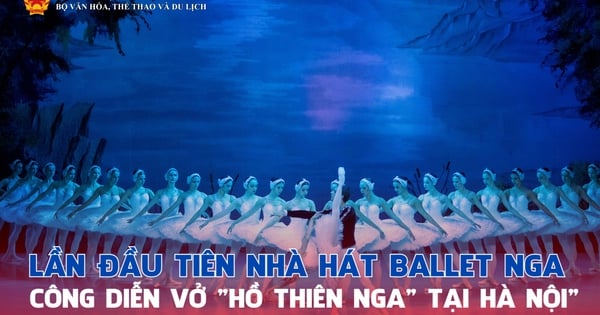

![[VIDEO] - Spring worship ceremony at Huong Tra ancient communal house](https://vstatic.vietnam.vn/vietnam/resource/IMAGE/2025/4/11/cd36a2acf8d345fb819dcd368b2ae50e)













Comment (0)